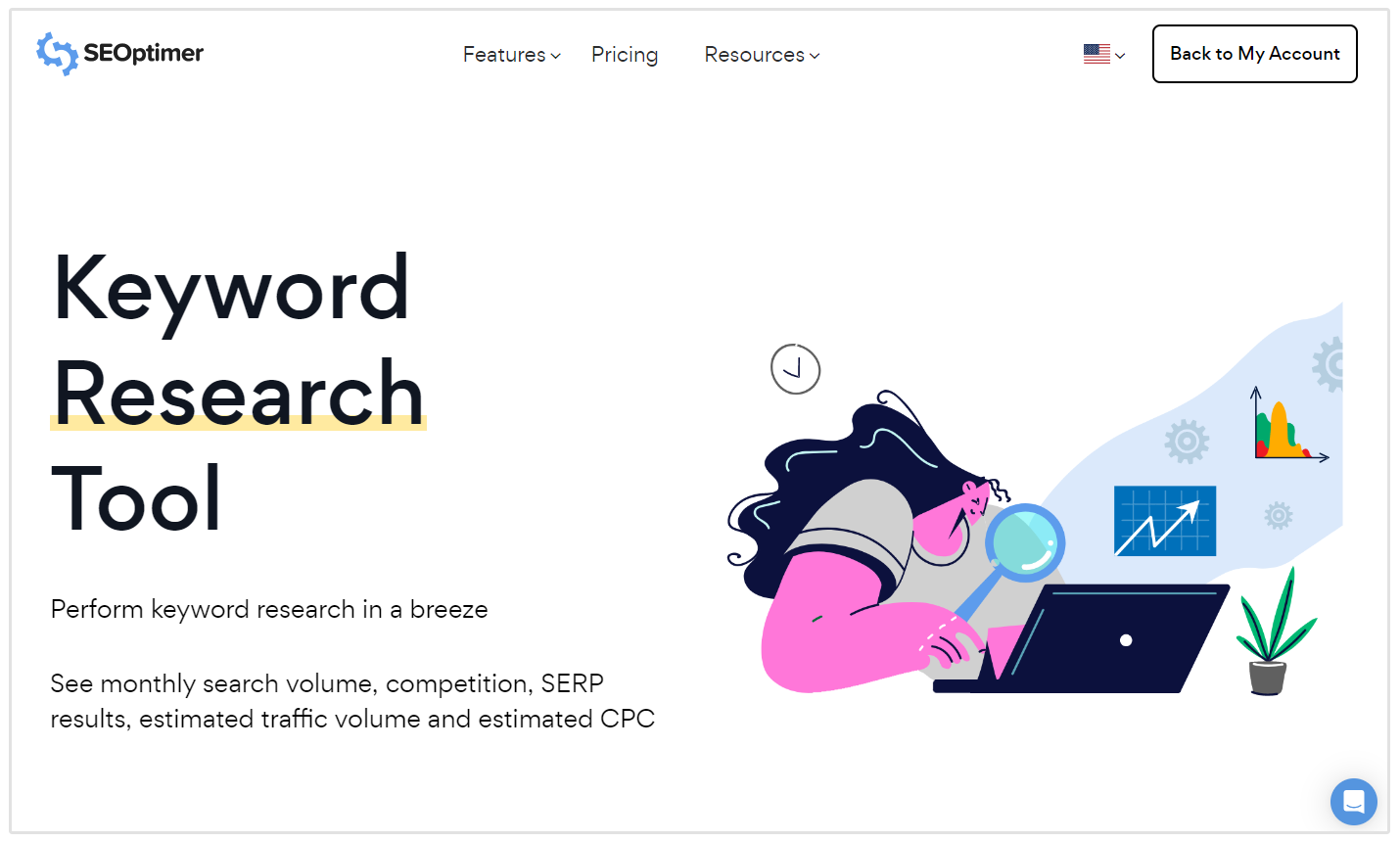Unveiling the Effect of Secondary Dimension in Google Analytics on Data Analysis and Insights
In the world of data analytics, the use of secondary dimensions within Google Analytics has arised as a crucial tool for removing deeper understandings and unraveling facility patterns that could or else remain covered. By peeling back the layers of primary information sets, secondary measurements offer a nuanced viewpoint that enhances the understanding of customer habits, website efficiency, and the performance of advertising and marketing approaches.
Discovering the Idea of Additional Dimensions
Secondary measurements in Google Analytics offer extra insights by allowing individuals to evaluate main data in combination with an additional quality. This attribute enables an extra thorough understanding of the key information by adding another layer of information for analysis. By including second dimensions, customers can dig much deeper into the information and reveal beneficial connections that could or else go unnoticed. As an example, by coupling the main data of website web traffic with secondary measurements like demographics or actions, marketing professionals can gain an extra detailed view of their target market and tailor their techniques accordingly.
By checking out the numerous secondary dimensions offered in Google Analytics, customers can unlock brand-new insights and optimize their digital advertising efforts. In essence, additional measurements serve as an effective tool for improving data analysis and driving actionable outcomes.
Enhancing Data Analysis With Second Measurements
Having actually developed the fundamental understanding of second dimensions in Google Analytics and their pivotal duty in information evaluation, the emphasis now moves towards leveraging these additional attributes to enhance the interpretation of analytics information (what is a secondary dimension in google analytics). By integrating secondary dimensions into data analysis, experts can gain deeper understandings right into customer behavior, web site performance, and advertising performance

Furthermore, secondary measurements aid in contextualizing main data metrics by offering added layers of info. This contextualization aids in understanding the 'why' behind the data patterns, helping analysts make notified optimizations and decisions to boost overall performance. Eventually, incorporating secondary dimensions enriches the information analysis procedure, leading to even more calculated activities and significant insights.
Uncovering Hidden Insights With Secondary Measurements
Discovering the depths of analytics data with additional dimensions reveals beneficial insights that would otherwise remain obscured. By integrating secondary dimensions in Google Analytics, organizations can discover concealed patterns, trends, and relationships that supply a more thorough understanding of customer habits and site efficiency. These additional layers of data enable analysts to delve deeper right into the key measurements, such as website traffic sources or touchdown web pages, and obtain an extra nuanced viewpoint on how different variables engage with each various other.
With making use of secondary dimensions, analysts can sector and contrast information across numerous dimensions, enabling them to recognize certain variables that influence individual interaction, conversion rates, and total success metrics. As an example, by coupling the main measurement of 'device category' with the additional dimension of 'age,' marketing experts can pinpoint which age demographics prefer accessing the internet site with smart phones versus desktops. This level of granularity encourages businesses to make data-driven choices and maximize their approaches for much better outcomes. Inevitably, revealing concealed insights with second dimensions improves the deepness and precision of data evaluation, resulting in even more enlightened decision-making and improved efficiency results.
Leveraging Second Dimensions for Actionable Analytics
Building upon the insights revealed with additional dimensions in Google Analytics, organizations can now harness this enriched information landscape to drive workable analytics and tactical decision-making. By leveraging additional measurements, organizations can dig deeper right into their information to draw out important patterns, fads, and correlations that might have formerly gone undetected. This much deeper degree of analysis makes it possible for organizations to gain a much more thorough understanding of customer behavior, campaign performance, and general internet site efficiency.
One key advantage of using additional dimensions for workable analytics is the capability to section information based on specific standards. This division enables businesses to tailor their campaigns and methods to various audience teams, resulting in much more targeted and efficient advertising and marketing efforts - what is a secondary dimension in google analytics. In addition, second dimensions offer a more alternative sight of individual interactions, allowing organizations to enhance their web site material, design, and overall customer experience
Optimizing Decision-Making With Second Dimensions
To improve tactical decision-making in analytics, leveraging second dimensions in Google Analytics can provide a much more nuanced perspective on individual behavior and project performance. view publisher site By incorporating secondary measurements right into information analysis, organizations can delve deeper right into the specifics of their internet site visitors' interactions and involvement patterns. This added layer of information enables a much more comprehensive understanding of how various variables, such as demographics, devices, or traffic resources, influence vital efficiency signs.

Conclusion
In verdict, the usage of additional dimensions in Google Analytics plays a crucial duty in enhancing information analysis and discovering concealed understandings. By discovering this principle, one can gain a much deeper understanding of customer behavior and make informed choices based upon workable analytics. Leveraging second dimensions permits a more extensive interpretation of data and takes full advantage of the performance of decision-making processes.
